How to Encourage Your Baby to Walk
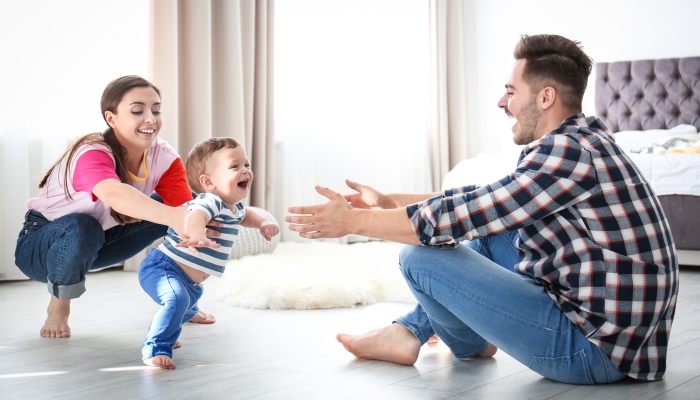
- Given a safe space to practice their emerging skills and lots of loving attention, learning to walk comes naturally for most babies.
- Like all the milestones they’ve reached before, your baby will walk at the right time for them.
- Try to be patient, avoid comparisons, and enjoy this special time with your little one.
You love watching your baby learn new skills, and it’s exciting to look out for the next stage of development. No wonder you’re keen to know how to encourage your baby to walk. This is the start of a new adventure for you both!
Walking is an important milestone and offers your baby a new view of the world. Yet there’s no hurry; your baby will take those first steps when they’re ready.
So let’s dive a little deeper into this wonderful world of walking, what you can do to support this natural process, and what you might want to avoid.
When Will Your Baby Start Walking?
Your baby will likely pull themselves up to standing by their first birthday. From here, they’ll learn to stand independently, and before you know it, they’ll be walking.
Some babies take their first steps as early as eight months, while others wait until closer to their second birthday. Neither makes much difference in the long run. Fast forward a few years and no one will be able to tell if your child was one of the first or last.
Try not to get too hung up on the milestone charts. A study from Norway found it was common for babies to walk ‘considerably later’ than standardized charts, with no impact on their future development.
There are a few factors that can affect when your baby will walk:
- Early delivery: Babies born early may walk a little later than their peers. Adjust your expectations from their actual birthday to their expected date of delivery.
- Size: Sometimes bigger babies walk sooner.
- Temperament: Your baby’s personality can affect when they start walking. The more laid-back or cautious your baby, the longer it may take them to get on their feet.
- Position in the family: Sometimes, the presence of an older sibling can spur your baby on to walk faster. For some babies, though, this can have the opposite effect. With big brothers and sisters bringing them an endless supply of entertainment, they may be content to stay seated a bit longer.
How to Tell That Your Baby is About to Walk
Walking requires good balance, strong muscles, and a ready brain.
As soon as your baby rolls over, the journey to walking has begun. From there, they’ll learn to sit up and move across the room. Most babies will crawl, but some skip this stage, opting for bottom shuffling or even going straight to standing upright.
Sitting and crawling build the strong core muscles and coordination needed for walking. Once your baby begins to pull themselves up using you or the furniture, you’ll know those first steps are on the way.
Look out for these signs that your baby will walk soon:
- Bouncing while standing – shows those leg muscles are getting stronger
- Cruising along the furniture – your baby is learning about balance and how to shift their weight so they can propel themselves forward
- Standing without holding on – watch out in case your baby tries this on the bed or couch
- Getting up to stand and sitting back down without help – important for safe landings
- Picking up items off the floor while cruising – your baby is gaining confidence
- Sleep regression – walking requires a lot of brain development. Your baby may find it harder to sleep while their brain is doing so much work
- Emotional changes – while your baby’s body and brain are working hard, you may find they have fewer resources to deal with upset
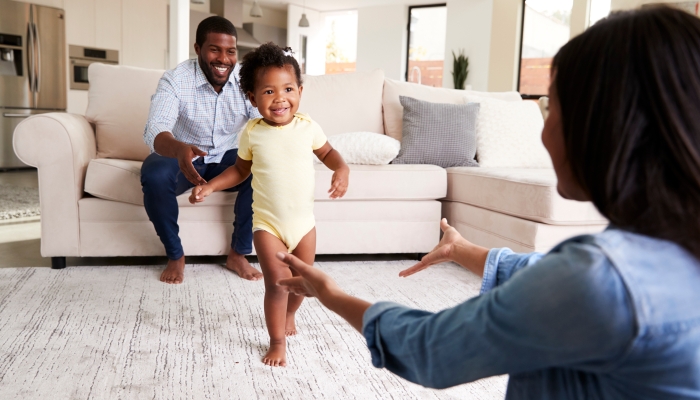
Tips to Encourage Your Baby to Start Walking
When it comes to helping your baby walk, the most important role you have is to provide them with space and time to practice. There’s no need to overschedule your baby with lots of special activities. What they need most is plenty of floor time to help build strong muscles and learn about their body.
You can encourage your toddler with lots of loving attention. Notice what they’re doing and describe what you see. This doesn’t need to be a running commentary, but acknowledging your baby’s efforts can motivate them to try new challenges.
Activities to build the skills and strength for walking:
- sit on the couch close to your baby so they can pull themselves up if they choose
- give your toddler a small stool to sit on (once they can sit alone)
- put a soft ball near your cruising baby so they can practice kicking
- set them on the floor in a standing position rather than sitting them down
- play music and dance with your toddler
- place your baby’s toys at different heights to encourage reaching and squatting
- blowing bubbles can also have the same effect
- take your baby swimming; it’s fantastic fun and great for building whole-body strength
- invite your baby to walk toward you by extending your arms and enveloping them in a hug
- help them learn to climb up ramps and steps safely
Rather than walking your baby with their hands, support their body. Holding your baby around his trunk will help him balance better. This prevents leaning forwards and supports their natural gait.
Is It Advisable to Use Baby Walkers?
Baby walkers are mounted on wheels or coasters. They contain a frame that supports the baby in a half-seated, half-standing position. From this position, they can touch the floor with their feet and direct the walker around the room.
The American Academy of Pediatrics (AAP) has called for a ban on manufacturing and selling baby walkers in the US. Canada has had a ban in place since 2007.
Baby walkers allow babies to reach areas they couldn’t on their own, and fast. Research from the AAP found baby walkers were involved in a significant number of cases where babies had fallen down stairs or been overturned in their walkers. These incidents often resulted in head and neck injuries. Statistics from a Welsh hospital show baby walkers to be a major cause of infant burns. They’ve also been linked to choking, poisoning, and drowning.
Not only are baby walkers dangerous, but they don’t help babies learn to walk. This study found that using baby walkers can lead to delays in walking and crawling.
Your baby needs to be able to pull themselves up and balance for walking, both skills they won’t learn in a baby walker. A recent publication by the AAP warns against frequent use of any baby containers suggesting they can “hinder development and delay milestones.”
Check out some alternatives to baby walkers to help your baby develop walking skills. Make sure you read the product information and customer reviews to check suitability for your child and home.
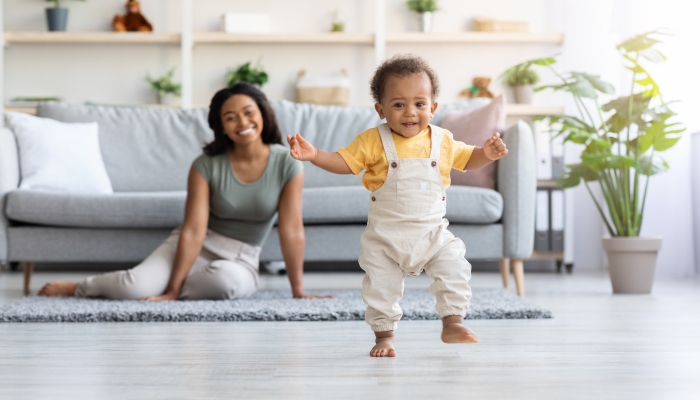
Baby Walking Safety Tips for Parents and Caregivers
While toddlers tend to have more accidents than at any other stage of childhood, falling is an essential part of the learning process. A little bit of preparation and lots of attention can help prevent accidents and make sure that when they do happen, they aren’t too serious.
Make sure your baby has safe areas to stand, cruise, and walk:
- remove tripping hazards
- pick up clutter from the floor
- move trailing wires
- place hot drinks out of your baby’s reach
- store medicines and cleaning products in baby-proof cabinets
- use non-slip runners under rugs
- attach foam bumpers to your coffee table and any sharp corners
- keep doors closed or propped open
- use stair gates where appropriate
- block electrical outlets
Make sure your baby has all the supervision, attention, and support they need. Offer your baby reassurance and comfort when they’re upset, but try not to react too much when they stumble or fall.
Falling is a perfectly normal part of the process of learning to walk and is likely to happen many times. Your baby will look to you to see your reaction. If you seem overly distressed, it can knock your baby’s confidence, leaving them fearful and reluctant to try again.
For your baby to walk, both her brain and body must be developmentally-ready. Attempting to force your baby to walk before this has happened can slow down their progress, hamper their ability to judge risk, and damage your relationship.
When to Consult Your Doctor
Babies tend to follow a similar development journey, reaching milestones in a particular order as shown in milestone charts. These charts help to give you an idea of the activities and behaviors you can expect at each stage of development.
Remember: These charts show generalizations. Every baby follows their own journey at their own pace, sometimes slowing down or speeding up along the way.
There is a wide range of normal when it comes to the age at which babies learn to walk. Try not to worry if your baby seems to be taking longer than others you know.
If your baby has any of the following issues, it may slow down the onset of walking:
- developmental hip dysplasia
- soft or weak bones
- low muscle tone
- gross motor delay
- ear infections
- visual impairments
If you are worried about your baby’s development, please seek medical advice. You should also contact your doctor if you spot any of the following signs:
- your baby has no interest in walking by 16 months
- they’ve taken no steps by 18 months
- they’re still walking unsteadily at their second birthday
- you notice pigeon toes, also known as in-toeing, after your baby’s first birthday
- bowed legs or frequent tiptoeing after 24 months
- an unusual gait or your baby favors one side of their body after walking for a few months.
Often these issues will resolve themselves without any intervention, but it’s important to get them checked out in case your baby needs more support or medical attention.
Don’t worry if your baby reverts to frequent crawling even though they can walk independently. Crawling continues to be a more efficient form of locomotion for a while after your toddler has taken their first steps. This study also found that the more crawling experience your baby gets, the better their risk assessment skills are likely to be.
FAQs
Is it better for babies to walk barefoot or with shoes?
Try to resist the temptation to buy those first shoes until your baby is ready to walk outside. Shoes can help protect your baby from injury and extreme temperatures, but they also get in the way of sensory feedback. This feedback is vital for helping your baby develop the skills and strength necessary for walking.
Give your toddler plenty of opportunities to walk around the house without shoes and socks, and let them experience a wide range of different surfaces and textures. If it’s especially cold, look for baby socks with non-slip soles but leave them off whenever you can. Barefoot is best when learning to walk.
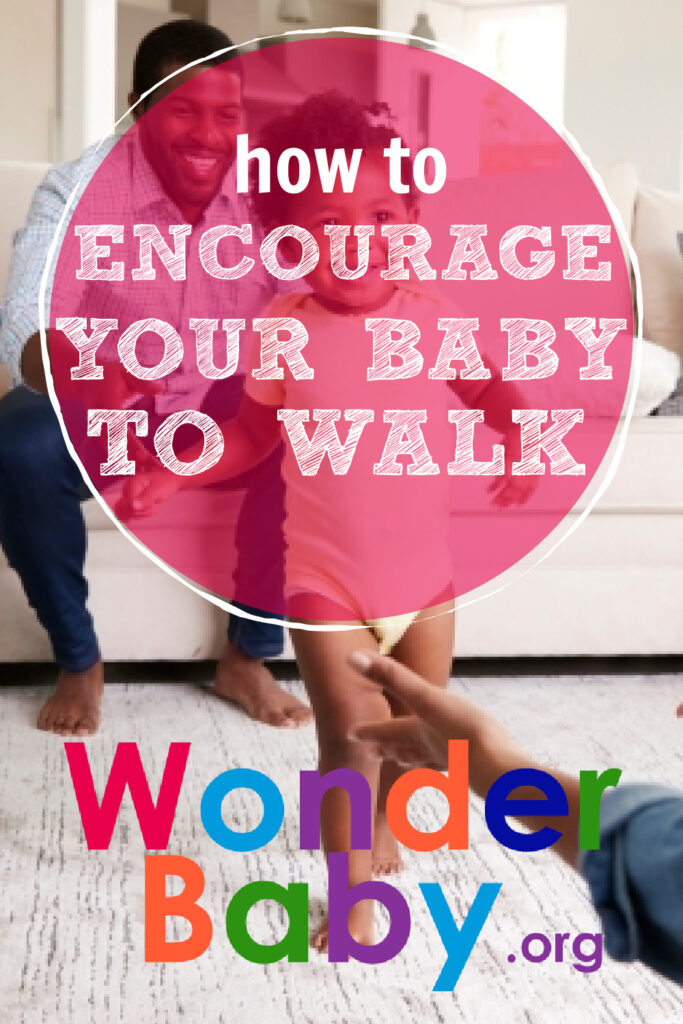
The information WonderBaby provides is not intended to be, and does not constitute, medical or other health advice or diagnosis and should not be used as such. Always consult with a qualified medical professional about your specific circumstances.
Related Posts
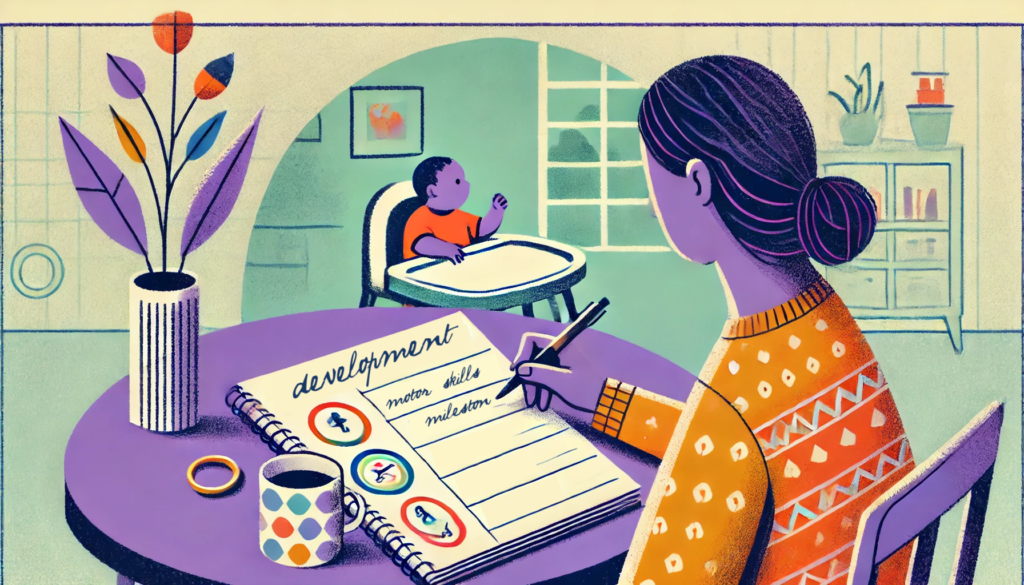
Development, Special Needs
How to Track Milestones for Developmentally Delayed Babies
Parents of developmentally delayed babies can explore practical tools and strategies to track milestones, celebrate progress, and support their child’s unique developmental journey.
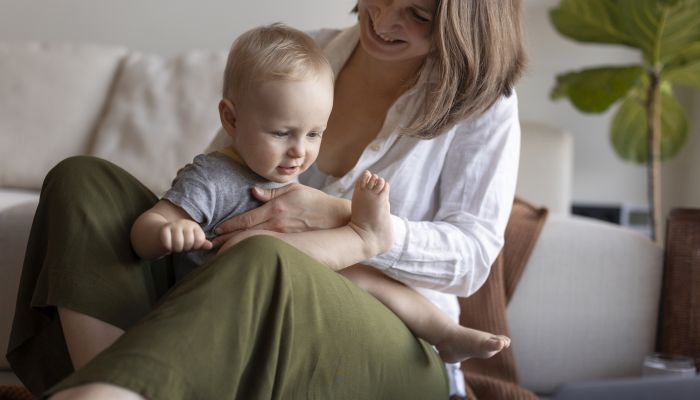
Fine and Gross Motor
5 Alternatives to Tummy Time for Babies with Motor Development Challenges
Does your baby struggle with tummy time due to motor development challenges? These alternatives to tummy time will offer the same benefits.
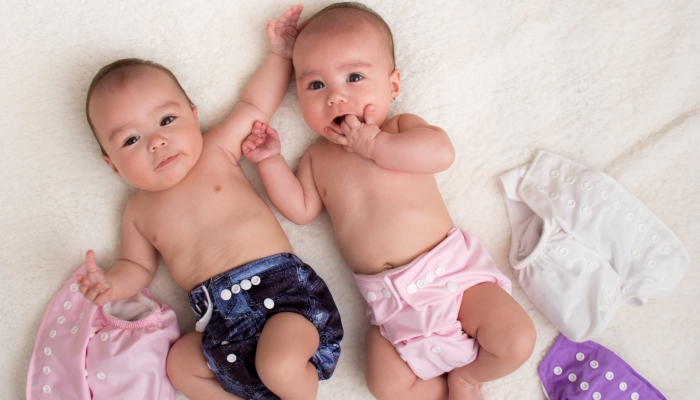
Development
Should Twins Share a Room?
Wondering if your twins should share a room? We’ll explore the pros and cons of room-sharing for twins right here before you make your decision.